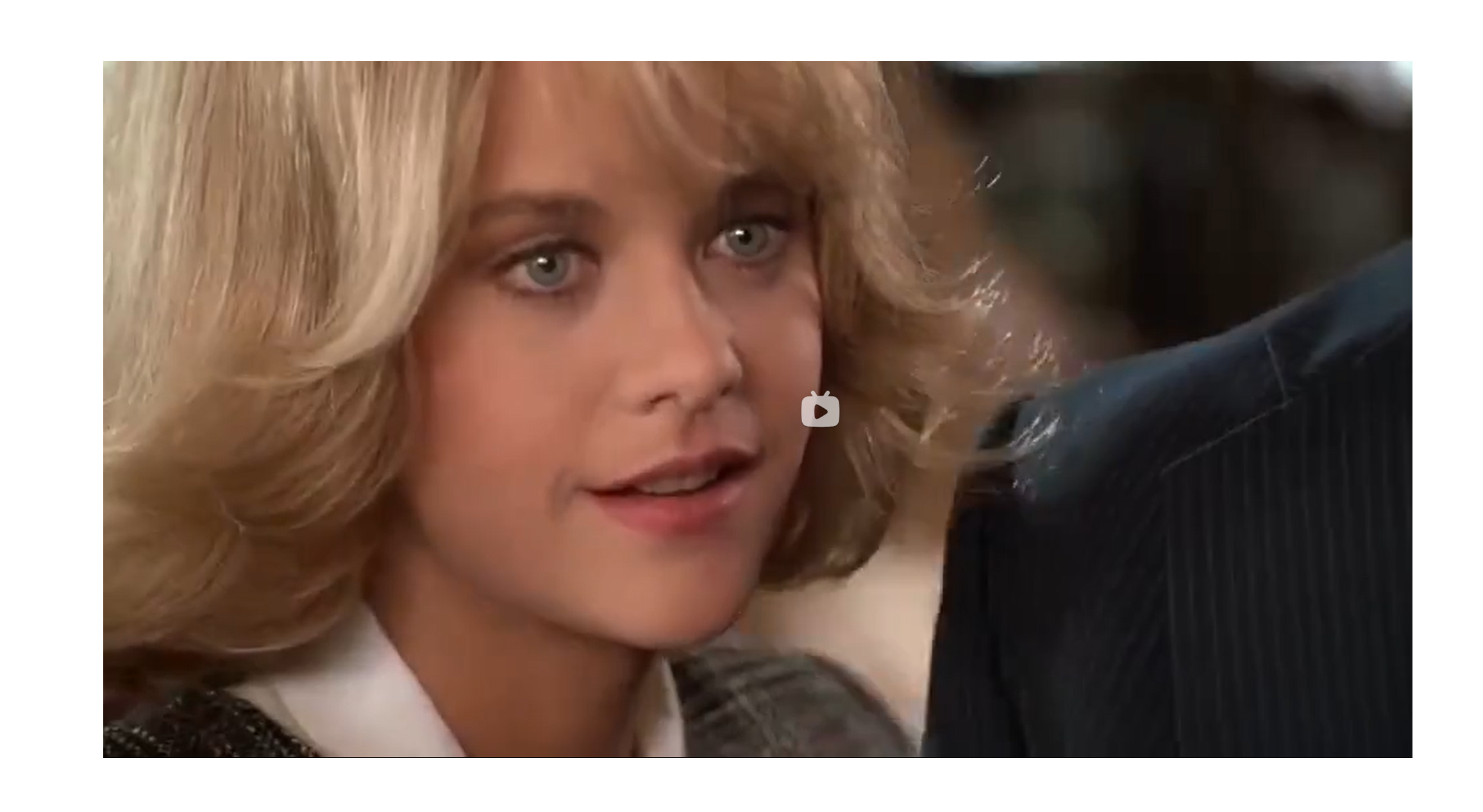MY 100-Day English -96

- Gary McDowell, postdoctoral fellow in developmental biology at Tufts University in Medford, Massachusetts, and visiting scholar at Boston College
When reading papers, it helps me to have a writing task so that I am being an active reader instead of letting my eyes glaze over mountains of text only to forget everything I just read. So for example, when I read for background information, I will save informative sentences from each article about a specific topic in a Word document. I’ll write comments along the way about new ideas I got or questions I need to explore further. Then, in the future, I’ll only need to read this document instead of re-reading all the individual papers.
Likewise, when I want to figure out how to conduct a particular experiment, I create a handy table in Excel summarizing how a variety of research teams went about doing a particular experiment.
- Lina A. Colucci, doctoral candidate at the Harvard-MIT Health Sciences and Technology program
I usually start with the abstract, which gives me a brief snapshot of what the study is all about. Then I read the entire article, leaving the methods to the end unless I can’t make sense of the results or I’m unfamiliar with the experiments.
The results and methods sections allow you to pull apart (撕开,扯断) a paper to ensure it stands up to (经得起) scientific rigor (严密,严格). Always think about the type of experiments performed, and whether these are the most appropriate to address the question proposed. Ensure that the authors have included relevant and sufficient numbers of controls. Often, conclusions can also be based on a limited number of samples, which limits their significance.
I like to print out the paper and highlight the most relevant information, so on a quick rescan I can be reminded of the major points. Most relevant points would be things that change your thinking about your research topic or give you new ideas and directions.
- Lachlan Gray, deputy head of the HIV Neuropathogenesis Lab at the Burnet Institute and adjunct research fellow in the Department of Infectious Disease at Monash University in Melbourne, Australia
What I choose to read is based on relation to my research areas and things that are generating lots of interest and discussion because they are driving the way we do psychology, or science more widely, in new directions. Most often, what I am trying to get out of the papers is issues of methodology, experimental design, and statistical analysis. And so for me, the most important section is first what the authors did (methods) and second what they found (results).
It can also be interesting to understand why the authors thought they were doing the study (introduction) and what they think the results mean (discussion). When it is an area that I know a lot about, I don’t usually care much about these sections because they often reflect the authors’ theoretical predilections and one of many ways to think about the method and results. But when it is an area that I know very little about, I read these closely because then I learn a lot about the assumptions and explanatory approaches in that area of research.
- Brian Nosek, professor in the Department of Psychology at the University of Virginia and executive director of the Center for Open Science in Charlottesville
First I read very fast: The point of the first reading is simply to see whether the paper is interesting for me. If it is I read it a second time, slower and with more attention to detail.
If the paper is vital to my research—and if it is theoretical—I would reinvent the paper. In such cases, I only take the starting point and then work out everything else on my own, not looking into the paper. Sometimes this is a painfully slow process. Sometimes I get angry about the authors not writing clearly enough, omitting essential points and dwelling (详述) on superfluous (多余的) nonsense (废话). Sometimes I am electrified (使…触电;使…震惊) by a paper.
- Ulf Leonhardt, professor of physics at the Weizmann Institute of Science in Rehovot, Israel
I nearly always read the abstract first and only continue on to the paper if the abstract indicates that the paper will be of value to me. Then, if the topic of the paper is one I know well, I generally skim the introduction, reading its last paragraph to make sure I know the specific question being addressed in the paper. Then I look at the figures and tables, either read or skim the results, and lastly skim or read the discussion.
If the topic is not one I know well, I usually read the introduction much more carefully so that the study is placed into context for me. Then I skim the figures and tables and read the results.
- Charles W. Fox, professor in the Department of Entomology at the University of Kentucky in Lexington
It is important to realize that shortcuts have to be taken when reading papers so that there is time left to get our other work done, including writing, conducting research, attending meetings, teaching, and grading papers. Starting as a Ph.D. student, I have been reading the conclusions and methods of academic journal articles and chapters rather than entire books.
- Rima Wilkes, professor in the Department of Sociology at the University of British Columbia, Vancouver
As editor-in-chief (总编辑) of Science, I have to read and comprehend papers outside of my field all the time. Generally, I start with the corresponding editors’ summaries, which are meant for someone like me: a science generalist who is interested in everything but dives deeply only into one field. Next, I check to see if someone wrote a News article on the paper. Third, I check to see if there is a Perspective by another scientist. The main goal of a Perspective is to broaden the message of the paper, but often the authors do a great job of extracting the essence of the article for non-specialists at the same time.
Then I tackle the abstract, which has been written to broadly communicate to the readership of the journal. Finally, I move on to the paper itself, reading, in order, the intro, conclusions, scanning the figures, and then reading the paper through.
- Marcia K. McNutt, Editor-in-Chief, Science journals
See you tomorrow







